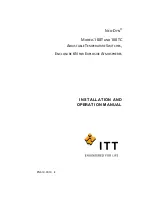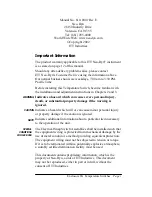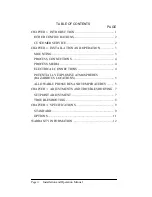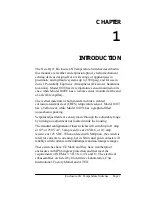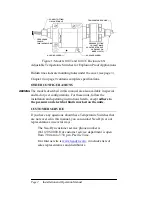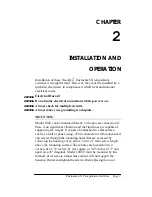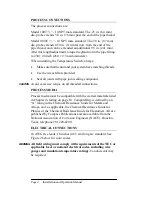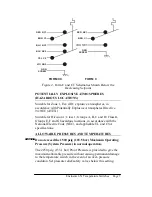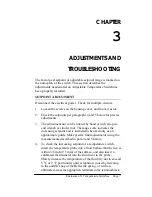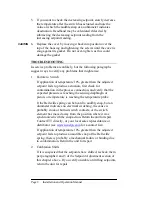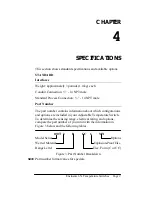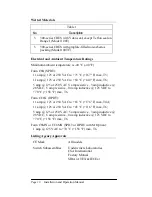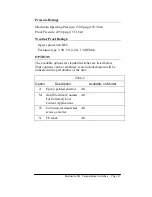
Page 8
Installation and Operation Manual
CAUTION
5.
If you want to check the decreasing setpoint, slowly decrease
the temperature after the switch has actuated and note the
value at which the audible snap or an ohmmeter indicates
deactuation. Deadband may be calculated if desired by
subtracting the decreasing setpoint reading from the
increasing setpoint reading.
6.
Replace the cover by moving it back into position over the
top of the housing and tightening the screws until the cover is
snug against its gasket. Do not over-tighten, as this could
damage the gasket.
TROUBLESHOOTING
In-service problems are unlikely, but the following paragraphs
suggest ways to verify any problems that might arise:
1.
Failure to Switch
If application of temperature 10% greater than the adjusted
setpoint fails to produce actuation, first check for
contamination in the process connection, and verify that the
expected pressure is reaching the sensing diaphragm or
piston, or temperature is reaching the temperature probe.
If the Belleville spring can be heard to audibly snap, but an
ohmmeter indicates no electrical switching, the cause is
probably stuck or burned switch contacts, or the switch
element has moved away from the position where it was
synchronized with the snap action. Return the unit for repair.
Contact ITT directly, or your local sales representative or
distributor (see
www.neodyn.com
for a contact list).
If application of temperature 10% greater than the adjusted
setpoint fails to produce an audible snap of the Belleville
spring, there is probably a mechanical failure or binding due
to contamination. Return the unit for repair.
2.
Calibration Shifts
If it is suspected that the setpoints have shifted, recheck them
per paragraphs 4 and 5 of the Setpoint Adjustment section of
this chapter above. If you verify unstable or drifting setpoints,
return the unit for repair.
Summary of Contents for 100T
Page 2: ......

